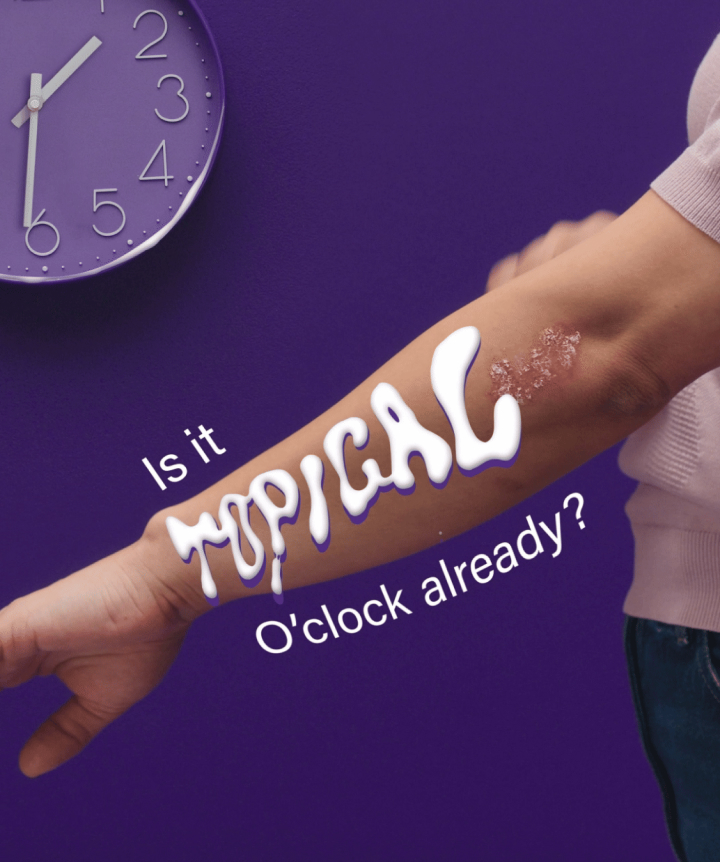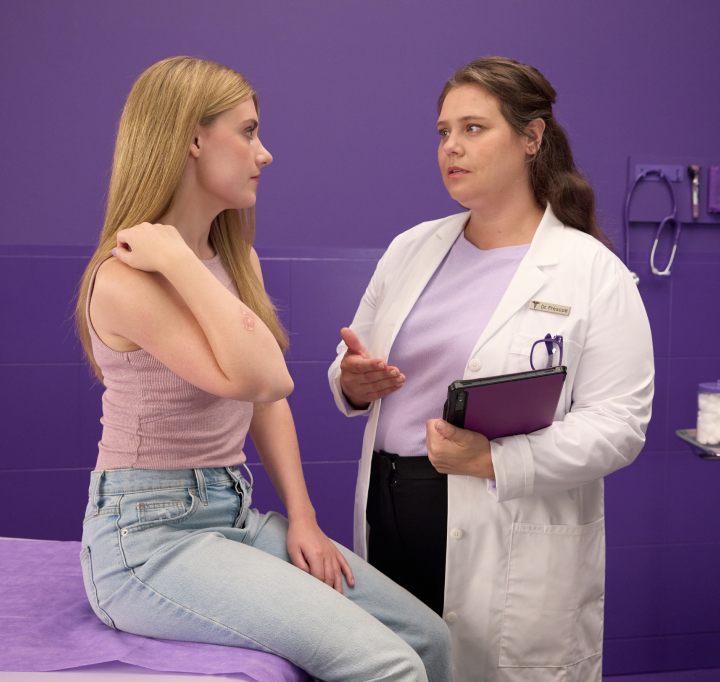Still scratching for

Plaque psoriasis on your skin comes from inflammation beneath the surface that you can’t see. Consider a no-mess, no-needle treatment that targets plaque psoriasis where it starts — beneath the skin.



 Screenshot to share with your doctor.
Screenshot to share with your doctor.

 Can be applied directly to your skin on affected areas (but only as prescribed)
Can be applied directly to your skin on affected areas (but only as prescribed) Plaque psoriasis can appear on parts of the body — like the scalp, nails, and genitals — where it may be awkward or uncomfortable to apply topicals, or where they cannot be absorbed
Plaque psoriasis can appear on parts of the body — like the scalp, nails, and genitals — where it may be awkward or uncomfortable to apply topicals, or where they cannot be absorbed













